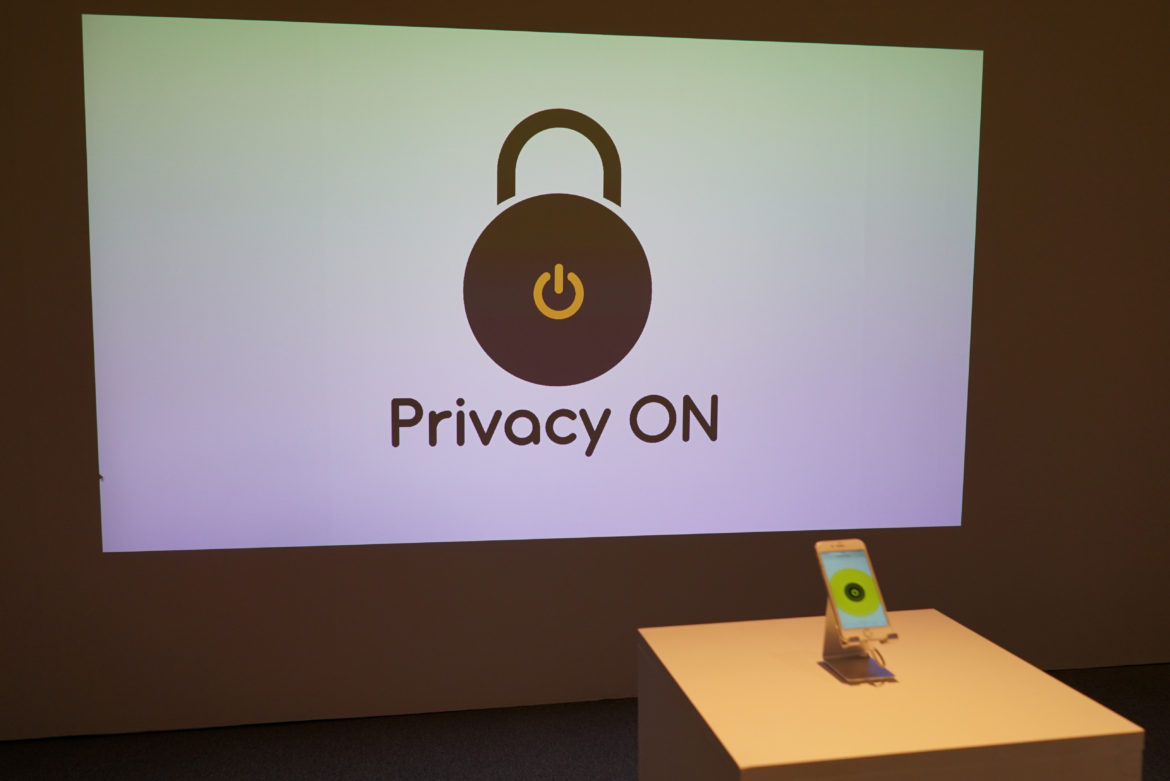
“Privacy ON” is my MA graduation project in the style of a web service that automatically changes the privacy settings of Twitter, Google, and Facebook according to the user’s social media usage. Choosing privacy settings is one way for users to decide whether they share their personal data or not. We understand that privacy settings are important, but we must choose our setting from more than 70 items on twitter, facebook, google. So people end up keeping the default settings. I proposed a method to select how to use our own net while reducing the burden of users by narrowing the options down to five main action patterns of Japanese net users called “netlife style”. By choosing how to use the net according to your own preferences we also hope to discuss how to use your own Internet and how to keep up with the Internet in the future.
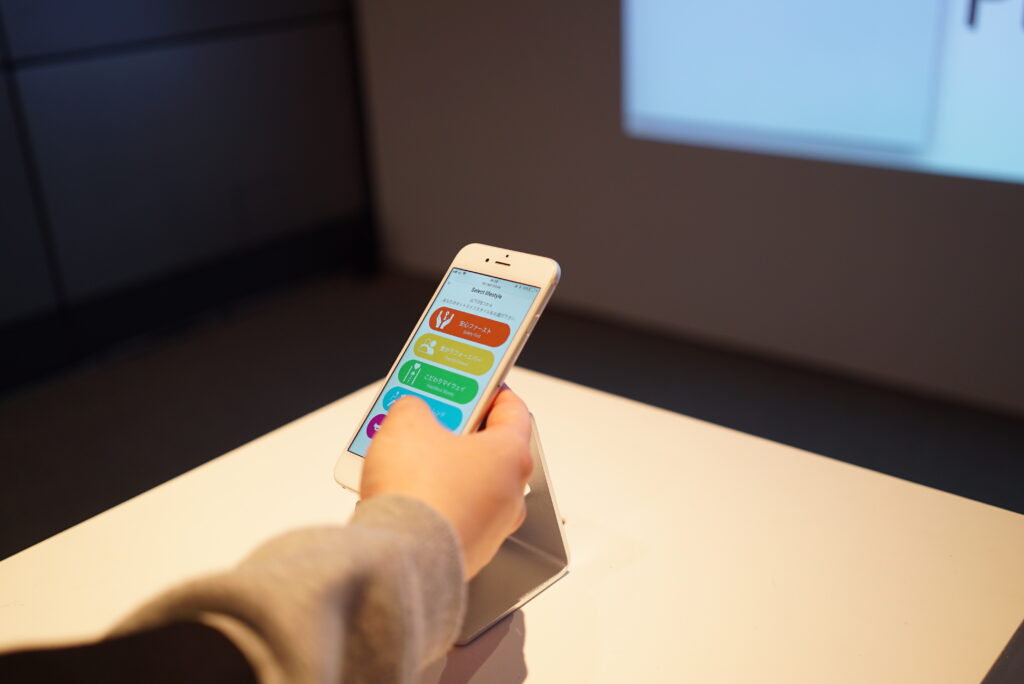
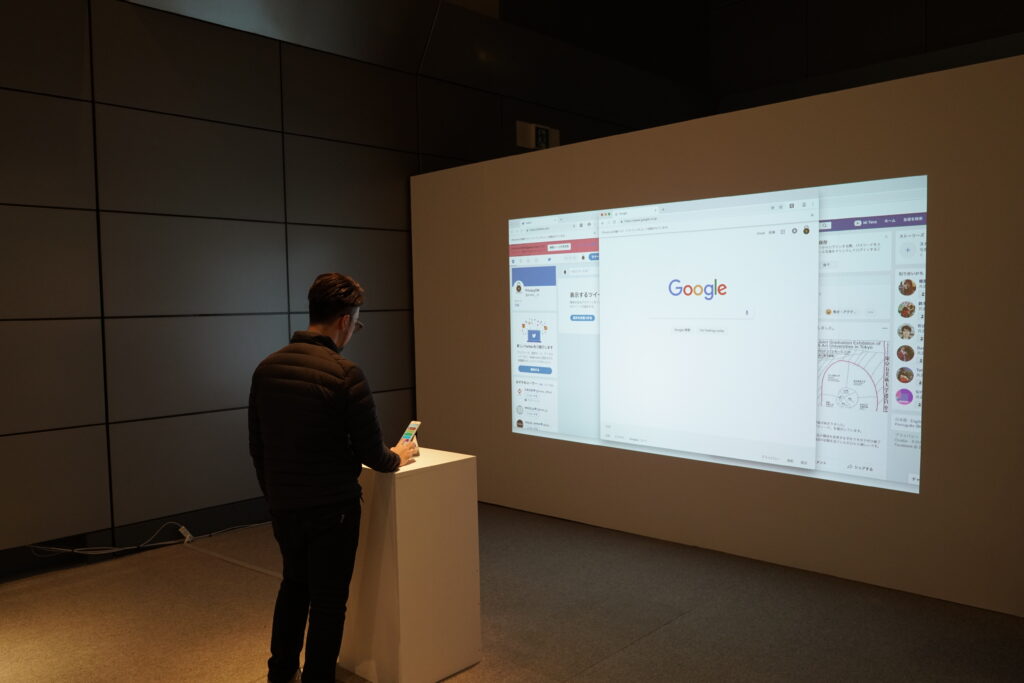
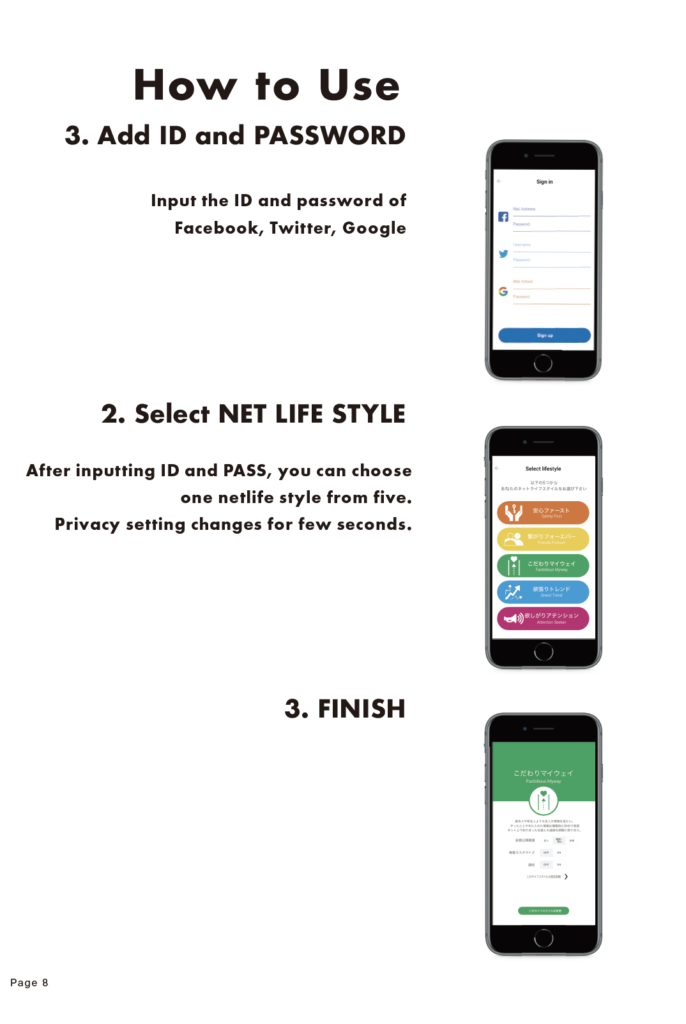
Currently, the Internet has become widespread, and the amount of information it contains is increasing year by year. At the same time, in order to efficiently present information to the user, Internet companies take “Personal Data” (information including not only personal information such as name and gender but also information about the user’s computer and behavior data) from the user in order to, to some extent, select and prepare information personalized to each user. However, there is a risk that the Internet companies are manipulating information to the user by buying and selling the user’s personal data or using the algorithms they have developed. This can itself be itself damaging to the dignity of a person. Also, this manipulation may cause the thoughts of the user to change. This is because it creates a “filter bubble,” a term coined by Internet activist Eli Parisor to describe how the algorithm provided Internet search sites are filtered to block information that each user does not want to see, as if they were wrapped in a “bubble”. There is a possibility that this will create social polarization by only showing users the information they want to see and encouraging them to communicate only with their in-group. Therefore, I thought that internet users should not passively receive information, but must control for themselves how much of their personal data is handed over depending on how they use the internet.
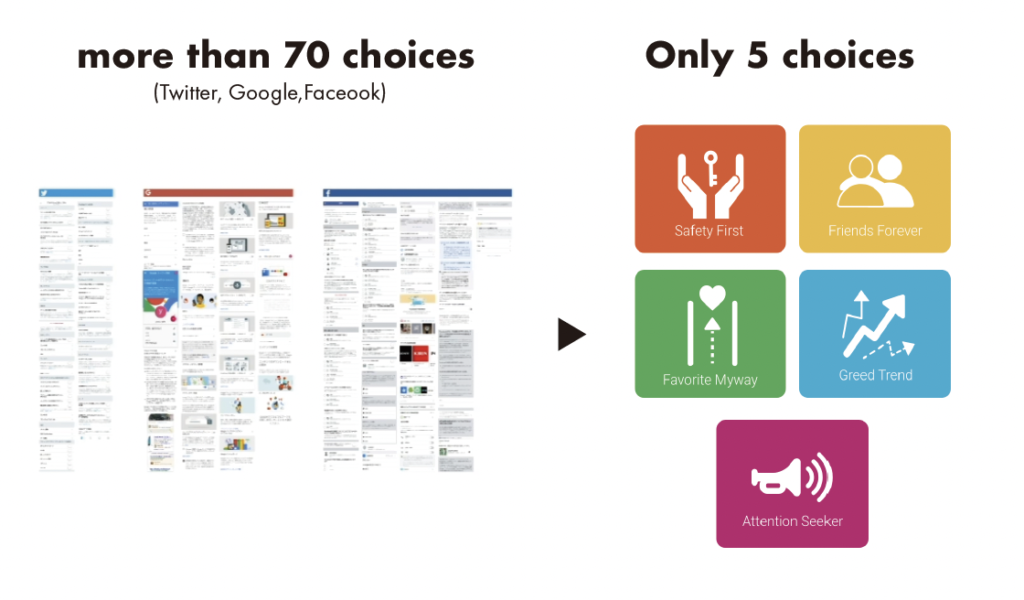
Net Life Style
In order to encourage users to set their own internet privacy settings, I proposed to translate users’ internet behaviour into a lifestyle. This is called Net Lifestyle. This incorporates the nudge ideas of behavioural economics. Behavioural economics is an economics that is based on the fact that people do not always behave rationally and try to empirically capture things by observing human behaviour. By nudging, it attempts to encourage active choices without burdening the user. As a method, I use the Law of Choice Avoidance. Based on the law of human behaviour, which states that people cannot make a choice if there are too many options. We decided to reduce the burden of choice by reducing the number of privacy setting items from 70 to 5. The 5 items are based on Japanese people’s internet usage behaviour, purpose of usage, amount spent on online shopping, etc. It has been produced in such a way that it is unbiased and based on analysis.
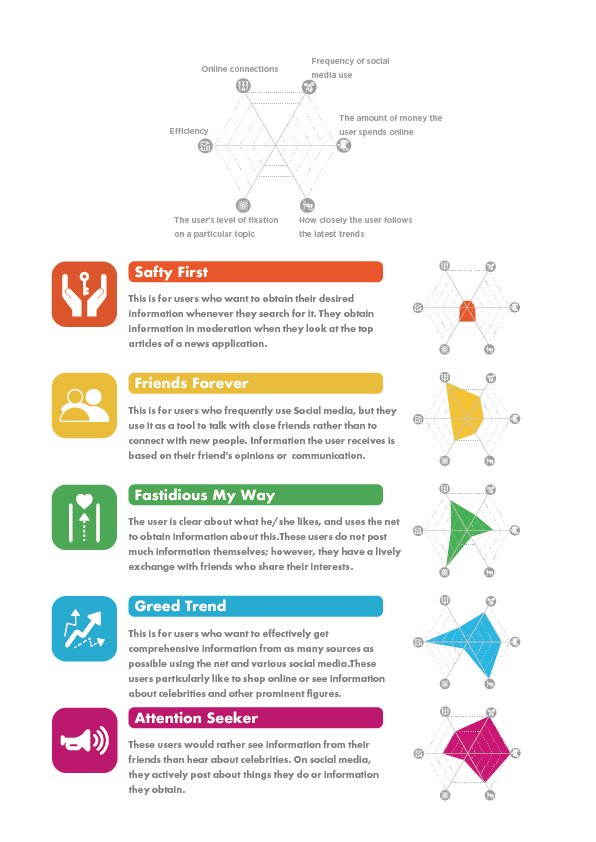
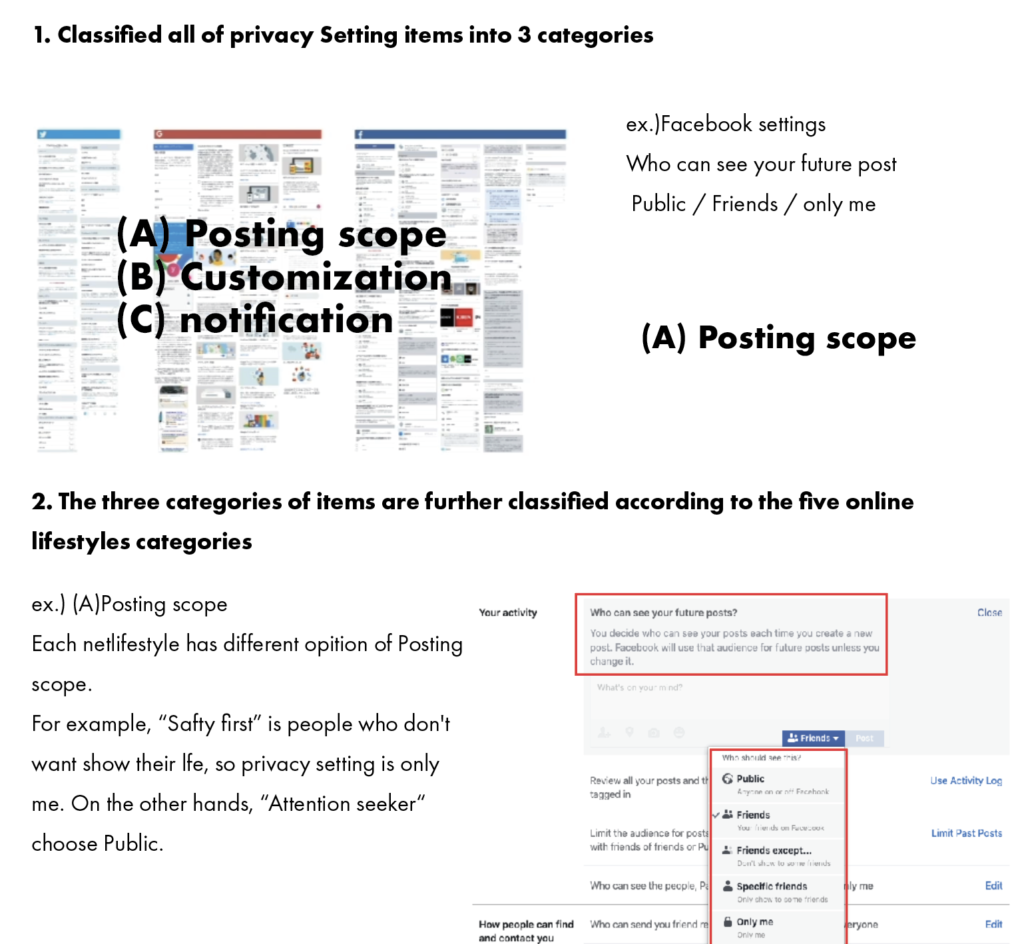
System
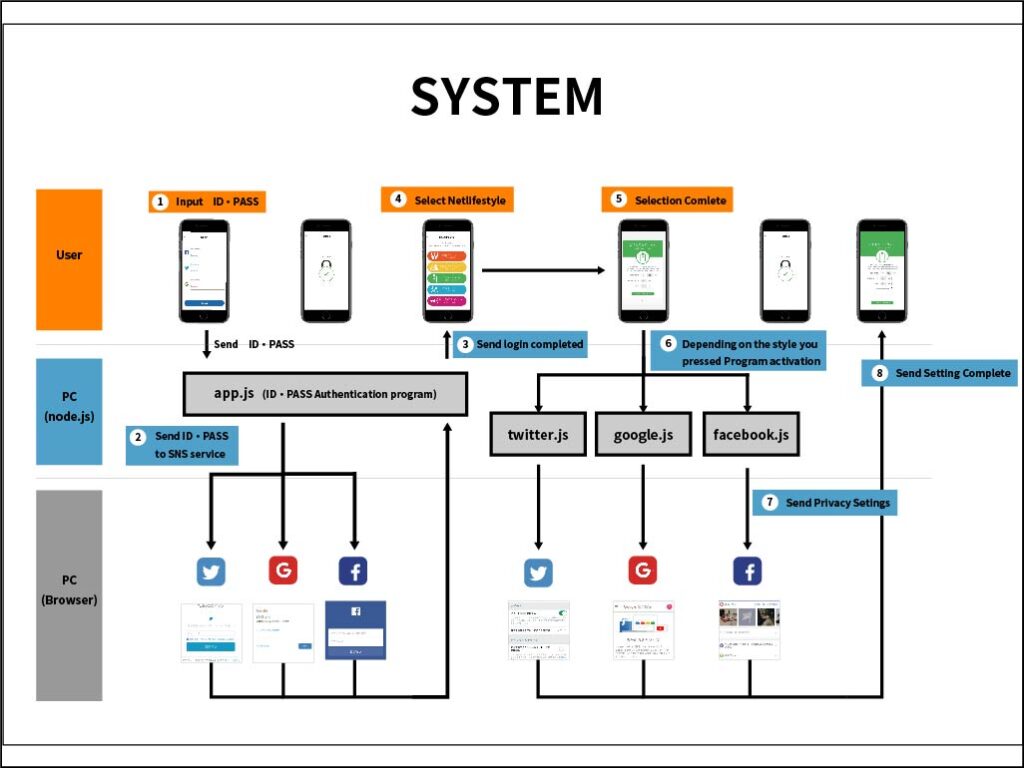
To begin with, enter the user’s SNS ID and password to log in. Once logged in, the user is taken to the online lifestyle selection screen, where they can select the most fitting lifestyle. A plug-in is then activated to automatically change the privacy settings to those that have been set in advance for the respective online lifestyle, and the privacy settings are changed.
In the exhibition, a device is placed that allows the user to select Privacy ON and other net lifestyles, while a video shows that the privacy settings are changed according to the net lifestyle of the pressed button . This shows the high burdens of privacy settings. The idea is that before using Privacy ON, the experiencers themselves choose their net lifestyle, giving them the opportunity to discuss how they normally use the internet.
2018.11 IAMAS
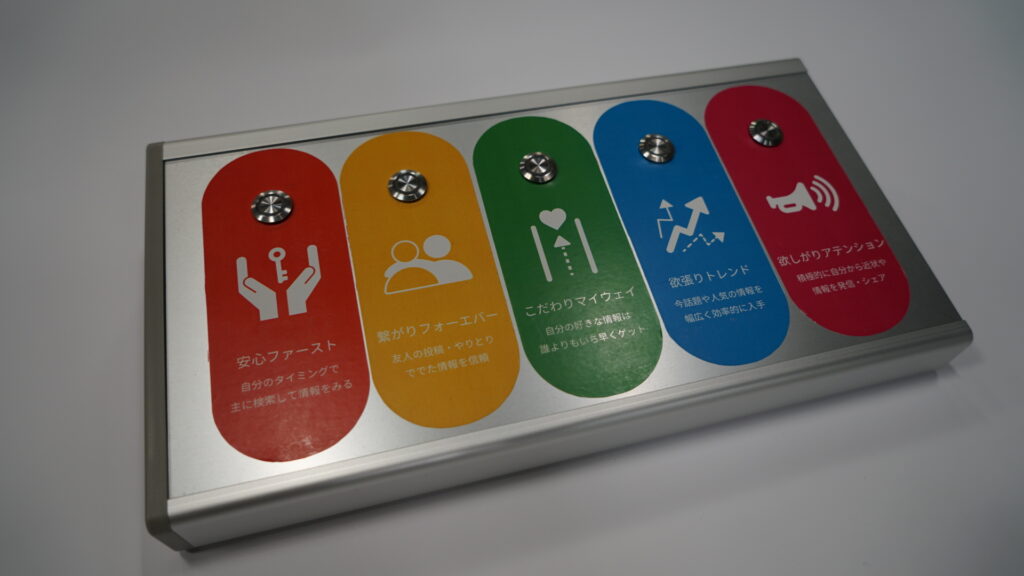
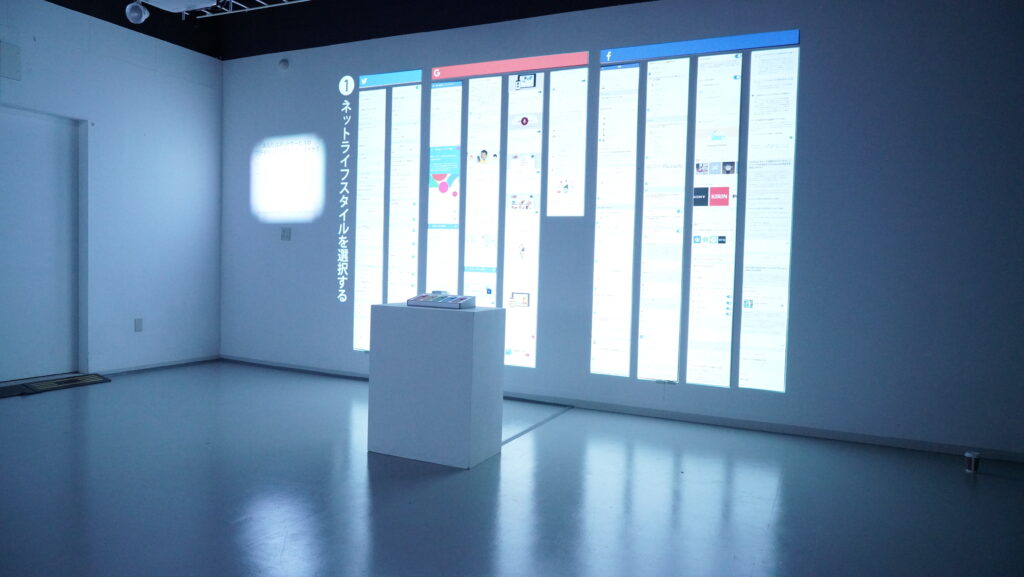
2018.11 Global grad show in Dubai


